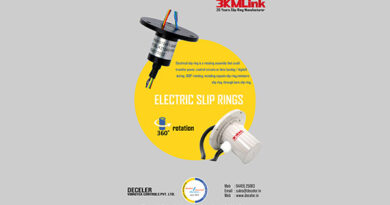Mechanical and durability aspects
Through a range of solutions for the fatigue design of battery packs, accelerated vibration testing of battery packs, and fatigue analysis of vehicle structures, Prenscia software helps engineers to eliminate the risk of fatigue failure, improve the durability of electric-engines, and increase vehicle reliability.
Fatigue design of battery packs
Battery packs incorporate a large number of mechanical, electrical and electrochemical component systems. They comprise thousands of discrete cells that are connected in series and parallel to electrical busbars in order to supply the required energy capacity. Cells are often welded together to complete the electrical path. These welds are highly susceptible to vibration and suffer from vibration-induced fatigue damage. Furthermore, a combination of lightweight support structures with relatively heavy electrochemical components can result in mechanical resonance in the battery structure with a high risk of fatigue cracking.
Accelerated vibration testing of battery packs
The complex internal structure of a battery pack makes it highly susceptible to vibration-induced failures over its long service life. Vibration exposure on a battery pack covers a large frequency range which can result in either a catastrophic failure of the battery pack or, more commonly, a progressive decline in battery performance with respect to the vibration exposure on the vehicle. Both failure modes have significant impact on the durability, reliability and warrantee exposure of the battery pack.
PSD spectra obtained from GlyphWorks can also be used to drive a high-performance shaker-table and control system for vibration testing. This PSD spectra obtained in GlyphWorks can be used to drive virtual shaker table analysis for understanding vibration fatigue in nCode DesignLife. This ensures that the battery will achieve its required vibration durability while simultaneously optimizing design for weight, cost, and reliability.
Fatigue analysis of vehicle structures
In electric vehicles, drivetrains may utilize existing platforms or designed within brand-new architectures. Both scenarios present challenges to structural engineers. For existing vehicle platforms, modifications such as the weight distribution due to battery packs affect the dynamic response, as well as the structural durability.
New architectures present opportunities but radical changes introduce risks that need to be mitigated using detailed up-front simulation. CAE-based analysis using nCode DesignLife enables this essential fatigue analysis to be performed for the rapid assessment of the vehicle structures.
Structural failure of the electrical systems are often associated with mountings and connections, and may be due to extreme movement between mounting points on the battery, inverter and electric motors. nCode enables advanced processing of loads data and preparation for input to fatigue analysis. Gear systems may present higher frequency failure modes which requires rotating machinery analysis to give insights on the source of different frequencies using nCode VibeSys.






